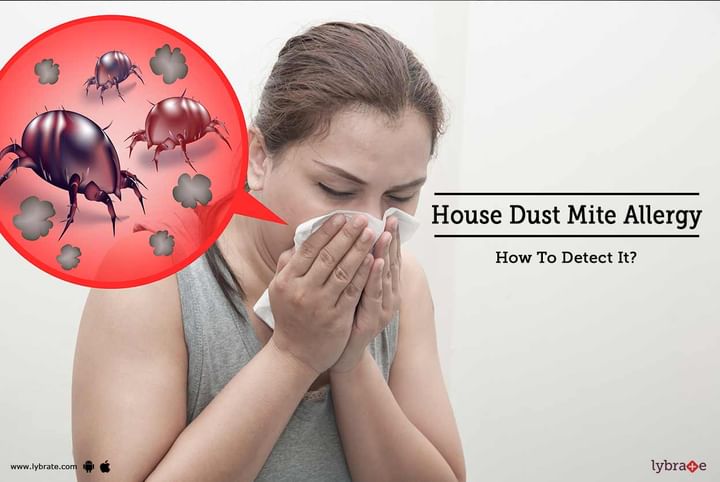House Dust Mite Allergy - How To Detect It?
Dust mites belong to a family of ticks and spiders, and cannot be seen through bare eyes. They thrive in places which are warm and humid.
Dust mite allergies are the most common type of allergy found in many people. Patients suffering from house dust mite allergies may also face sneezing and a runny nose. The symptoms are just the same as Asthma.
The best way to get rid of dust mite allergies is to make the house as much dust free as possible.
In case a person is attacked by any of these dust mites, doctors may also suggest some medicines to suppress the symptoms and ease the condition.
Symptoms of House Dust Mite Allergy:
House dust mite allergy causing inflammation in the nasal passages may show signs like:
-
Runny nose
-
Redness in the eyes
-
Sneezing
-
Congestion
-
Facial itching
-
Redness and skin spores opening
-
Face infection
If the allergy is contributing to Asthma, the following signs are observed:
-
Difficulty in breathing
-
Heaviness in the chest
The signs of a house dust mite allergy can be severe in some cases. However, allergies are not life-threatening, but prolonged symptoms may affect health. A mild allergy-like runny nose or sneezing are common. However, if a person is suffering from symptoms for a more extended period of time, he/she should consult an ENT specialist for the same.
Diagnose of House Dust Mite Allergy:
To diagnose this type of allergy, doctors check the patient physically and if the patient has problems persistently round the year, then he/she may be advised to take an allergy test. Allergy tests consist of skin prick tests and blood tests.
- Skin Prick Test: Skin Prick Test, or SPT, is not a conclusive test for every patient. The doctors determine the result by comparing the conditions. In SPT, the doctors put a small drop of possible allergen on the skin and prick the skin with a needle to see the reaction. If a person is allergic to the allergen, he/she may observe a wheal, itching, or redness in the area. However, the doctors determine the results based upon the time and place of the symptoms he/she is complaining of.
- Blood Test: Blood test is an excellent tool when the patient cannot give successful skin test. Blood tests are referred by the doctors in the cases when the patient is taking some medicines that interfere with the skin test or to the kids who cannot tolerate skin test. The blood sample is obtained by the doctors, and an allergen is added to the sample. The lab doctors observe whether there is any reaction in the sample due to the allergen.
Treatment:
The best way to fight house dust mite allergy is to avoid allergens. The doctors suggest measures to keep the surrounding dust free and use the covers or sprays that kill dust mites. The dust mites thrive in warm and humid areas. Hence, one should keep the surrounding cool and open to stop their growth. Many patients do not get complete relief from allergies with medicine, and in such cases, doctors provide special therapies and sprays to keep the dust mites away.
Conclusion:
There are many treatment options available depending upon the severity and condition of the allergy. However, it is best to consult a doctor before opting for any treatment or medicines.



+1.svg)
